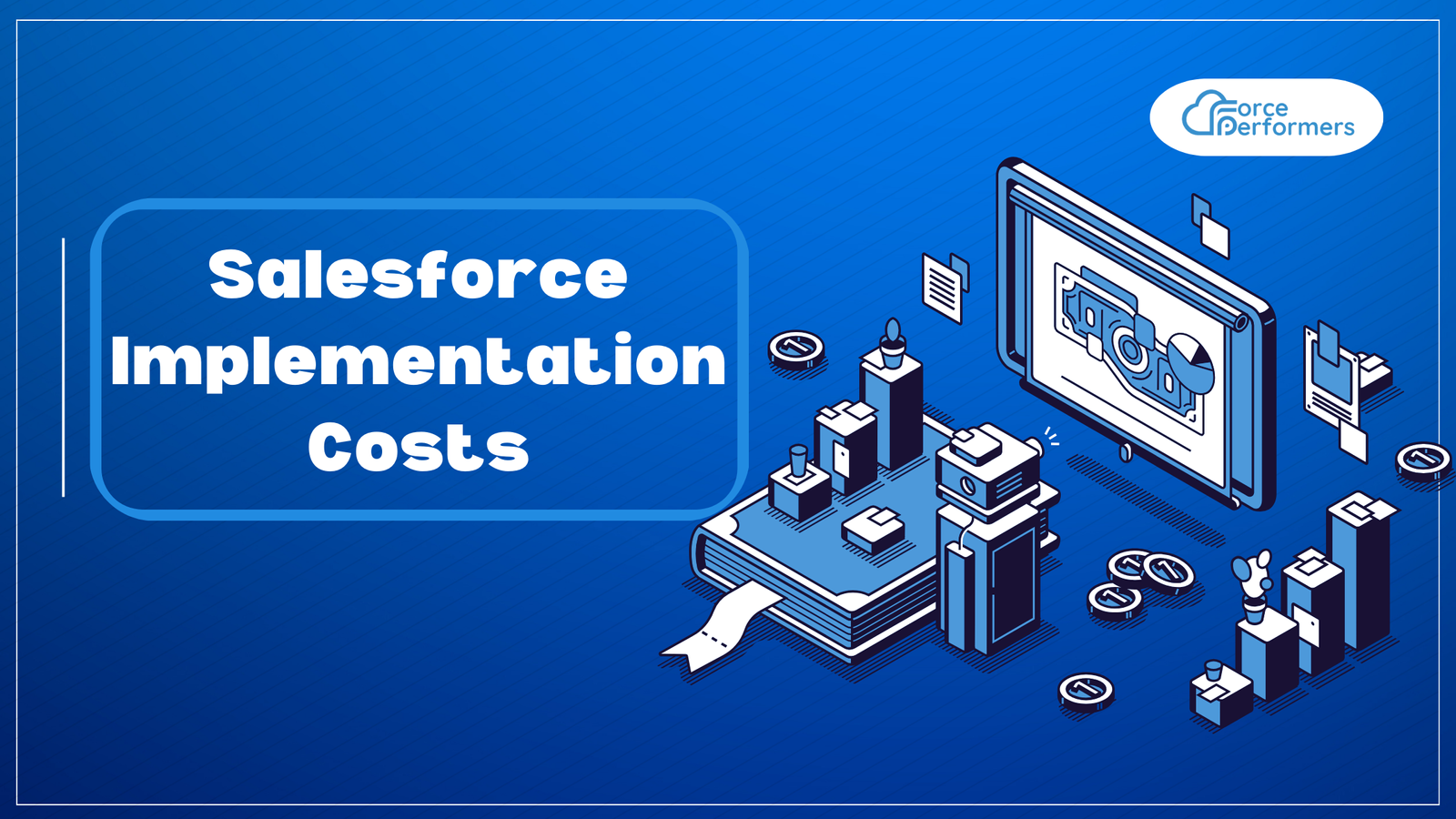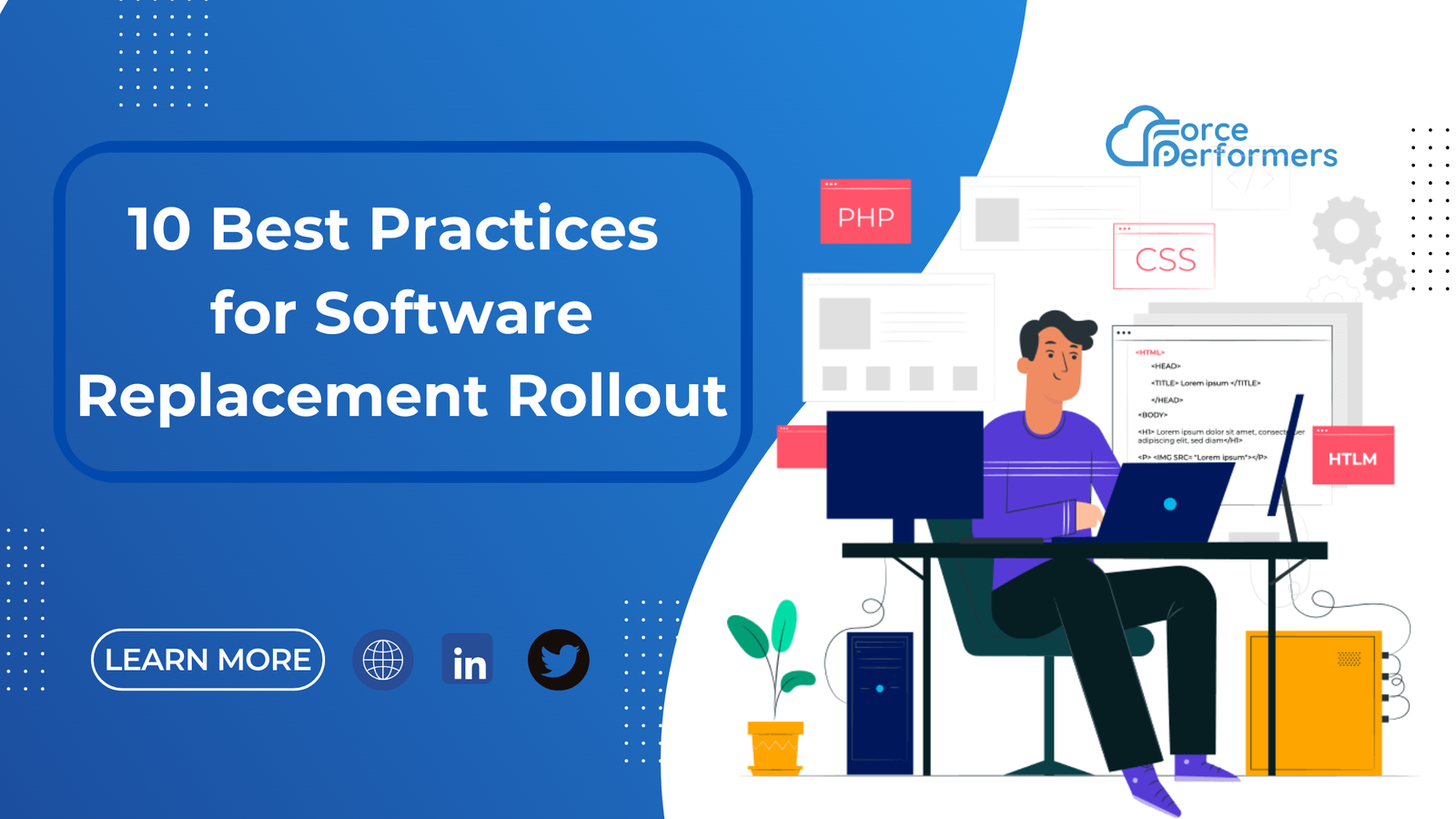In today’s competitive digital landscape, Salesforce campaigns ROI tracking is essential to ensuring the return on investment (ROI) is maximized. Salesforce, a leading customer relationship management (CRM) platform, offers powerful tools to help you track, measure, and optimize your marketing efforts.
By using Salesforce Campaigns, marketers can not only manage campaigns more efficiently but also gain deeper insights into their ROI. In this step-by-step guide, we’ll show you how to leverage Salesforce Campaigns to track your marketing ROI and boost your marketing strategy.
For expert guidance on Salesforce setup and campaign management, visit our Top Salesforce Consultants page.

Step 1: Set Up Your Salesforce Campaigns
Before you can start tracking your marketing ROI, you need to set up Salesforce Campaigns. This tool is designed to track and manage your marketing efforts from lead generation to conversions. Setting up campaigns in Salesforce is straightforward, but it’s important to define your goals and objectives from the beginning.
Why It Matters: Proper setup ensures that you capture all necessary data from each campaign, enabling accurate ROI tracking and detailed performance analysis.
For assistance with Salesforce campaign setup, check out our Top Salesforce Consultants page.
Step 2: Track Campaign Metrics in Salesforce
Once your campaigns are set up, Salesforce allows you to track key metrics such as leads generated, conversion rates, email engagement, and revenue generated. By tracking these metrics, you can assess the effectiveness of each campaign and determine how it contributes to your overall marketing ROI.
Why It Matters: Tracking key performance indicators (KPIs) helps you identify which campaigns are driving the best results, allowing you to allocate resources more effectively.
Looking for help with tracking campaign metrics in Salesforce? Visit our Top Salesforce Consultants page for expert advice.
Step 3: Integrate Salesforce with Marketing Automation Tools
Salesforce integrates seamlessly with a variety of marketing automation tools such as Pardot, Mailchimp, and HubSpot, allowing for real-time data synchronization between platforms. These integrations give you a comprehensive view of how your campaigns are performing and the interactions your leads have with your content.
Why It Matters: Integration helps ensure all marketing efforts and data are centralized in one place, which improves decision-making and enhances ROI tracking.
If you need help integrating Salesforce with your marketing automation tools, check out the Top Salesforce Consultants page for expert guidance.
Step 4: Use Custom Reports and Dashboards for ROI Insights
Salesforce provides powerful reporting tools to help you analyze your campaign data and gain insights into your marketing ROI. Customizable reports and dashboards enable you to view key metrics such as cost per lead, conversion rates, and revenue generated, making it easier to evaluate your campaigns’ performance.
Why It Matters: With reports and dashboards, you can assess which campaigns deliver the best ROI and refine your strategies accordingly.
For expert help creating custom reports and dashboards in Salesforce, visit our Top Salesforce Consultants page.
Step 5: Calculate Your Marketing ROI
Once your data is collected, you can calculate your marketing ROI using the formula:
ROI = (Revenue from Campaign – Cost of Campaign) / Cost of Campaign
Salesforce enables you to pull all the data you need to perform this calculation, whether it’s revenue from closed deals, opportunity value, or cost per lead. Using Salesforce’s insights, you can calculate ROI for each campaign and assess the overall effectiveness of your marketing efforts.
Why It Matters: Calculating ROI gives you a clear picture of how well your marketing budget is being utilized and where to allocate future resources.
For assistance with ROI calculation and analysis, visit our Top Salesforce Consultants page for professional guidance.
Step 6: Refine Your Marketing Strategy Based on Insights
Once you have gathered insights into your campaign’s performance, it’s time to refine your marketing strategy. Salesforce’s AI-powered insights can suggest ways to optimize campaigns, improve customer engagement, and reduce inefficiencies. Use these insights to adjust your targeting, messaging, and budget allocation to maximize your ROI.
Why It Matters: Continuous refinement of your marketing strategy based on Salesforce insights ensures ongoing improvements in your campaign effectiveness and ROI.
If you need help refining your marketing strategy using Salesforce, visit our Top Salesforce Consultants page for tailored advice.
Conclusion:
Tracking and optimizing marketing ROI is crucial for maximizing the impact of your marketing campaigns. By using Salesforce Campaigns, you can gain valuable insights, automate your tracking process, and make data-driven decisions that improve your marketing effectiveness.
If you’re looking for expert advice on setting up and optimizing Salesforce for your marketing campaigns, visit our Top Salesforce Consultants page for a list of trusted professionals who can help you take your campaigns to the next level.










